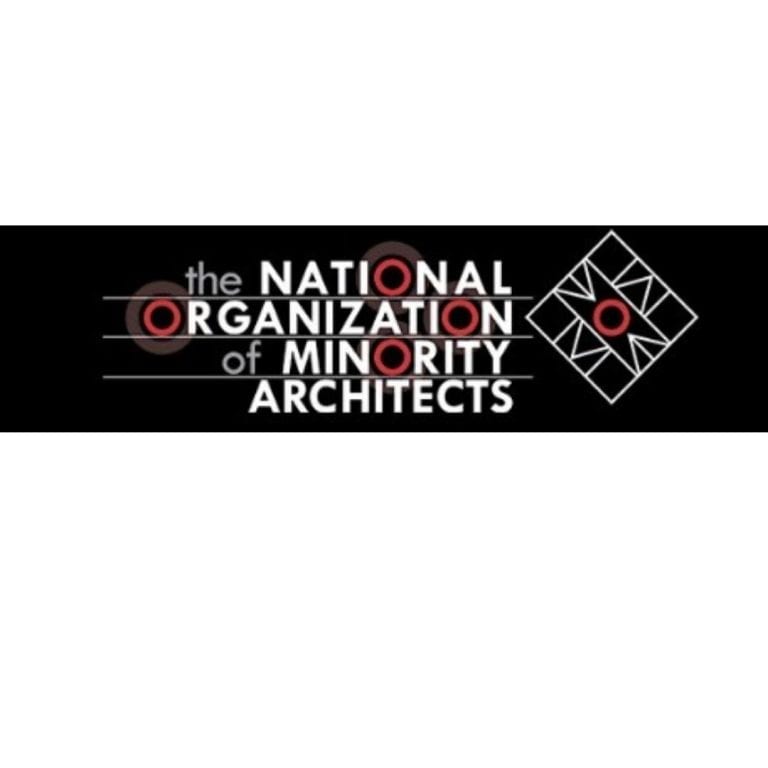
Last fall, AIA held a two-day summit called the Practice Innovation Lab (PIL). Hosted by the Young Architects Forum, emerging professionals from around the country met to develop new models for architectural practice in intensive team-based charrettes that yielded surprising results. Chief among the conclusions was that the next generation of architects will not be content to settle for the status quo in practice. That’s why many of the PIL participants are now applying their findings from the event toward investigating alternative practice methods in pursuit of larger commissions and greater flexibility with pro bono work.
One major concern highlighted in PIL presentations was the disparity between small and large firms: The US has many more small firms than large ones, yet large firms take the majority of industry billings. Most of the country’s practices have fewer than ten employees, and they lose out on commissions to larger firms that can afford to amortize marketing and overhead expenses.
At the Lab, related concerns were expressed around architecture for social good—large firms usually have more billable hours that allow greater flexibility in offering pro bono services while smaller firms that have less budgetary fluidity and might be less able to accommodate projects that aren’t paying, no matter how altruistic the goals of their principals. Thus, the idea of networks of smaller firms that can band together to share expertise and challenge larger firms for the bigger commissions—or address pro bono projects—appeals to a crop of architects whose ambitions exceed their current reach.
Several PIL participants have used the momentum generated during the intensive summit to propel their initiatives forward. Two members of Team Covalence—Elizabeth Turner, AIA, and Kurt Neiswender, AIA—are continuing the work they started during the PIL with a networked business approach. Team Covalence defined its mission as “connecting designers in spaces and with resources that advance equitable social, economic, and environmentally responsible design solutions within their communities.” That’s exactly the approach Turner and Neiswender—who also serves as 2018 AIA Flint president—have embraced.
“It’s actually something we’re putting into practice,” Turner says. She founded her Minneapolis-based firm Precipitate Architecture in June of 2017, and brought on partner Abby Meuser-Herr, AIA, more recently. Following PIL, they spoke about creating Team Covalence in real life, and now they’re consulting with Neiswender, who works in Flint, Michigan. “That was explicitly the goal of our team’s firm structure—that we’d have people embedded in communities, that we’d share resources across different geographies,” Turner says. “We’re not just doing projects wherever there’s a need, but we’re actually more connected to the communities that we’re serving, with an eye toward social impact design.”
Turner acknowledges the difficulties of transitioning from a sole proprietorship to a partnership, but those pale in comparison to the shift from a corporate practice to smaller firm. “What I want to do personally as an architect is blend architecture, research, and education. That’s difficult financially to justify in a typical architecture firm,” she says. “The best option to do that kind of work was to start my own firm. When we grew, we didn’t want to recreate the traditional, hierarchical business model. That’s the thing that had crushed innovation in the past.” So she and Meuser-Herr operate as autonomous PLLCs that go after projects together, at times teaming with Neiswender to broaden the range of services they can offer.
For architects like Turner who are starting to think about hanging out their own shingles, the AIA Trust can be an invaluable resource for understanding risk and putting in place measures to mitigate it. The Trust’s website is now organized into career stages, with a page devoted to those starting a practice and an extensive library of practice-oriented resources that includes guides, articles, webinars, checklists, white papers, and databases. Specifically, the AIA Trust’s manuals Creating and Maintaining a Professional Practice and Making the Transition to Running Your Own Firm offer insight into the process of launching a firm, as does the webinar Creating & Maintaining A Professional Practice.
When Turner was setting up shop, she desired specific insights into the particulars of her unique situation and turned to an insurer with whom she’d already worked for close to a decade. For architects without that kind of relationship, the AIA Trust’s LegaLine offers on-call legal information in a yearly subscription, providing invaluable support for nascent firms that may not yet have a legal team. Likewise, the AIA Trust offers an insurance checklist, tips about insurance sourcing and policy, and a Professional Liability Database is a searchable directory of more than 40 professional liability insurers.
Another member of Team Covalence is finding his own path, also building upon the team’s findings at PIL. “I work out of a home office, so the commute’s amazing, but the most difficult thing is that you start at ground zero,” says Beau Frail, AIA, who launched Activate Architecture in January of this year. “I’ve had to start everything, like learning how to file an LLC, consulting with an accountant, and filing your quarterly taxes. There are so many things that you have to do that you don’t have to worry about when you’re a piece of a larger whole in a company.”
The kinds of overhead expenses that architects may take for granted, such as payroll, human resources, and health benefits, are all decisions that newly minted firm owners need to consider before they begin to grow. Sole proprietors may be able to rely on individual coverage, but dependent employees mean calculations of what makes the most sense for offering competitive healthcare, short-term and long-term disability insurance, and additional benefits such as 401K programs—none of which are covered in a basic professional practice course.
“When I started having employees, I wanted to be able to support them, to make sure I’m covering the risks inherent in having a business and having employees,” says Amy Slattery, AIA, who founded her Kansas City, Missouri-based firm, Odimo, at her dining room table, but has just hired her sixth full-time employee. Slattery found the AIA Trust’s Professional Employer Organization (PEO), which effectively allows her to outsource her human resources department, was just what she needed: “The PEO package was the easiest button to push. I’m continuing to go back to AIA Trust; nine times out of 10, they’re the most cost-effective and still provide the services I’m looking for.”
There’s a delicate balance to be had between launching an innovative model for practice and smartly mitigating your risks. On one hand, staying with tried-and-true business practices ensures that your firm won’t be exposed to unexpected circumstances. On the other, it’s hard to innovate when you’re following a well-worn path. When you launch in your own direction, it’s comforting to know that the resources of the AIA Trust are there to guide you through the murkier business aspects you might encounter on your journey.
Source: American Institute of Architects







